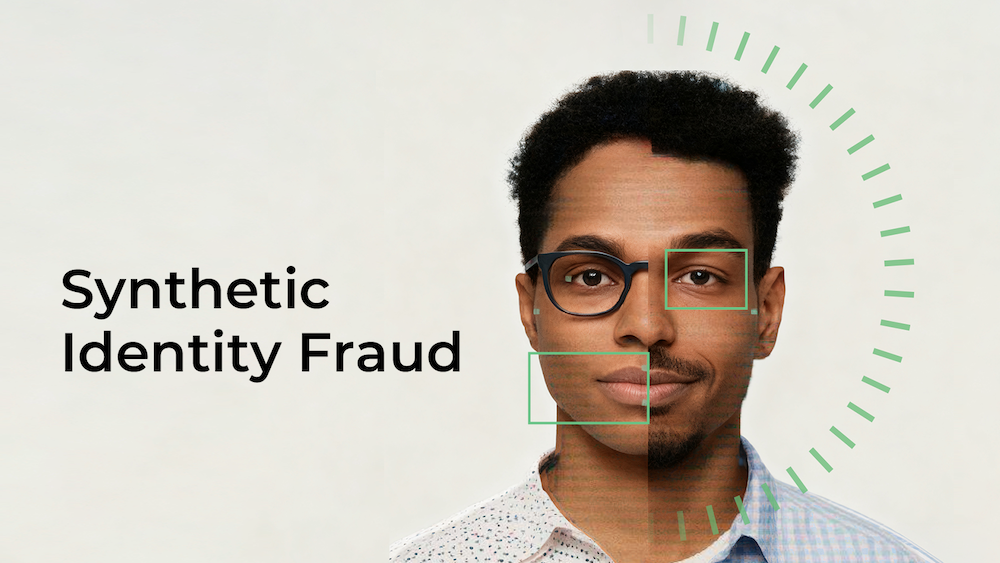We do not offer, support, or condone any illicit services mentioned in this glossary. We also do not sell any data to illegal entities. These terms are provided solely for educational and awareness purposes to help businesses understand and prevent fraud.
What is Credit Card Fraud?
Credit card fraud is a type of financial fraud that involves unauthorized use of a credit card or credit card information to make purchases or access funds without the cardholder's permission.
How Does Credit Card Fraud Happen?
- Stolen Cards
- Physical Theft: Stealing physical credit cards to make unauthorized purchases.
- Skimming
- Data Capture Devices: Using skimmers on ATMs or point-of-sale terminals to capture card information.
- Phishing
- Deceptive Tactics: Obtaining credit card details through phishing emails or fake websites.
- Data Breaches
- Compromised Data: Stealing credit card information during data breaches of retailers or financial institutions.
- Online Scams
- Fraudulent Websites: Creating fake websites to trick users into entering their credit card information.
What Are the Most Common Types of Credit Card Fraud?
- Stolen Cards: Fraudsters steal physical credit cards and use them for unauthorized purchases.
- Card Skimming: Devices installed on ATMs or payment terminals capture card details for fraudulent use.
- Phishing Scams: Scammers trick victims into providing their credit card information through fake websites or emails.
- Data Breaches: Hackers steal credit card information from retailers or financial institutions.
- Card-Not-Present (CNP) Fraud: Criminals use stolen credit card details for online transactions without requiring the physical card.
- First-Party Fraud: A cardholder falsely claims an unauthorized transaction to obtain a chargeback.
- Merchant Credit Card Fraud: Dishonest merchants misuse customers’ card details to process fraudulent transactions.
- Credit Card Application Fraud: Fraudsters use stolen or fake identities to apply for credit cards.
- Account Takeover Fraud: Fraudsters use stolen credentials to access existing accounts, change authentication details, and make unauthorized transactions.
- Synthetic Identity Fraud: Criminals create fake identities using real and fabricated data to build credit, then max out credit lines before disappearing.
What are the Impacts of Credit Card Fraud on Businesses?
- Financial losses
- Chargebacks: Financial losses from chargebacks and reimbursement to affected customers.
- Increased Costs
- Fraud Prevention: Higher costs associated with implementing fraud prevention and detection measures.
- Customer Trust
- Trust Issues: Erosion of customer trust due to security breaches and fraudulent activities.
- Regulatory and Legal Consequences
- Compliance Challenges: Potential fines and legal repercussions for failing to protect credit card information adequately.
- Operational disruption
- Support and Recovery: Increased burden on customer support to handle fraud cases and secure accounts.
How To Prevent Credit Card Fraud
Businesses and individuals can take proactive measures to protect themselves from credit card fraud:
- Implement Credit Card Fraud Protection Tools: Merchants should use secure payment gateways and AI-powered fraud detection systems to monitor unusual transaction patterns and flag suspicious transactions.
- Use Multi-Factor Authentication (MFA): Requiring additional verification steps adds an extra layer of security.
- Transactions Monitoring: Enabling fraud alerts on credit cards helps detect suspicious activity in real time.
- Using Machine Learning: Advanced fraud detection tools analyze transaction behaviors to detect anomalies.
- Educate Consumers on How to Prevent Credit Card Fraud: Raising awareness about phishing scams and fraudulent transactions reduces risks.
Learn more about AI-driven fraud detection tools for banks and payment service providers.
How to Detect Credit Card Fraud
Credit card fraud detection leverages advanced technologies, machine learning, and data analysis to identify suspicious transactions by assessing patterns, anomalies, and user behavior in real-time, helping businesses prevent fraud and verify questionable activities.
- Behavioral Analysis: Identifying unusual spending patterns or transactions from unexpected locations.
- Real-Time Credit Card Fraud Investigation: Businesses use fraud detection APIs to analyze risk in real time.
- Device Fingerprinting: Tracking device attributes to detect fraudulent logins or transactions.
- IP Reputation Scoring: Assessing risk levels of IP addresses to prevent fraudulent activity.
- Regularly Reviewing Statements: Individuals should monitor their credit card statements for unauthorized charges.
Learn more about AI-powered fraud detection tools for banks: KYC++ and Global Risk Persona.













